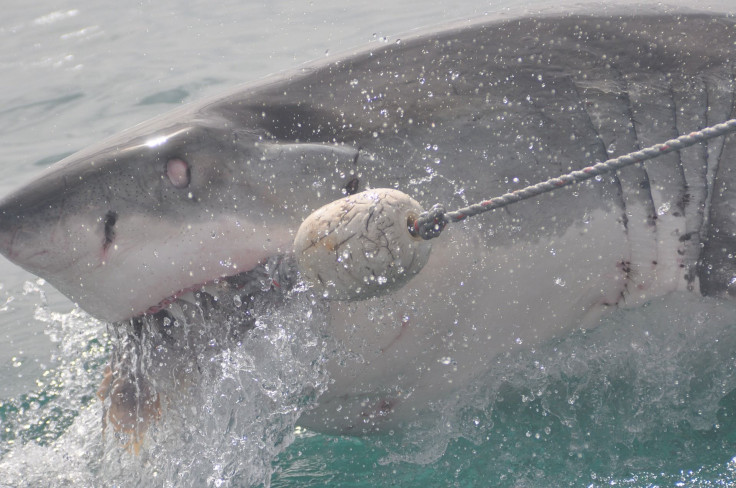How Many Sharks Are Left? The Number Of Sharks Is Growing, Decades After ‘Jaws’ Caused Overfishing In The Atlantic Ocean

Sharks took a huge publicity hit when “Jaws” was released in movie theaters, but it looks like the marine animals are finally bouncing back: Six species that had dwindled in number due to Atlantic Ocean overfishing have made population gains, says a new report.
A study in Fish and Fisheries zoned in on seven types of sharks that inhabit waters along the coast of the Atlantic Ocean in North America, and analyzed their numbers between 1975 and 2014. All of the large species “showed similar decreasing patterns into the early 1990s, periods of sustained low index values thereafter and recent indications of recovery.” Although the smaller species did not have as simple a pattern, they are increasing in numbers as well, “suggestive of initial recovery from past exploitation.”
Of all the species investigated, only the blacknose shark from the Gulf of Mexico, a species that grows to about 4.5 feet, did not show a population increase.
Read: Mysterious Half-Eaten Shark Washes Up
The other small species included in the study were the Atlantic sharpnose and the bonnethead sharks. The larger species were the sandbar shark, blacktip shark, spinner shark and tiger shark, which can grow up to 18 feet.
According to the Virginia Institute of Marine Science, overfishing which heavily depleted shark numbers “began in earnest following the release of Jaws in 1975 and continued through the 1980s.”
Part of that was stoked by fear: Experts say the film portrayed sharks, specifically great whites, as intentional killers and turned public sentiment against them.
Since the National Oceanic and Atmospheric Administration’s National Marine Fishery Service took action in 1993 to regulate shark fishing, the animals have recovered.
Read: Surfers Want France To Kill Sharks
Larger sharks were hit harder during overfishing because they produce fewer offspring and because they are more desirable to fishers, VIMS professor Rob Latour explained. By comparison, the smaller ones recouped faster.
To accumulate the data on shark populations, the researchers used several surveys in which the information was gathered by sampling random positions rather than “visiting known shark hotspots,” the institute said in a statement. Using more than one such survey was crucial to getting a more accurate picture of shark populations because “many shark species undergo vast migrations and have complex life cycles” that could make different survey results conflict with one another, according to lead scientist Cassidy Peterson.
“We’ve shown that after over two decades of management measures, coastal shark populations are finally starting to recover and reclaim their position as top predators, or regulators of their ecosystem,” Peterson said. “Our research suggests we can begin to shift away from the era of ‘doom and gloom’ regarding shark status in the United States.”
© Copyright IBTimes 2024. All rights reserved.





















